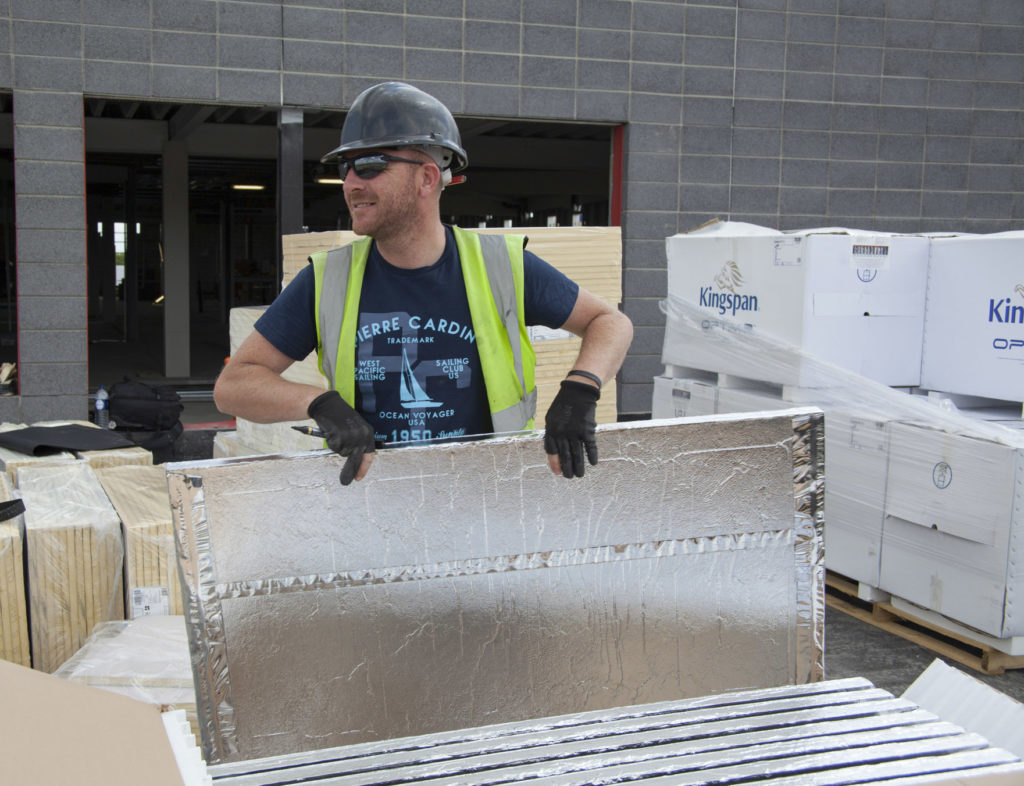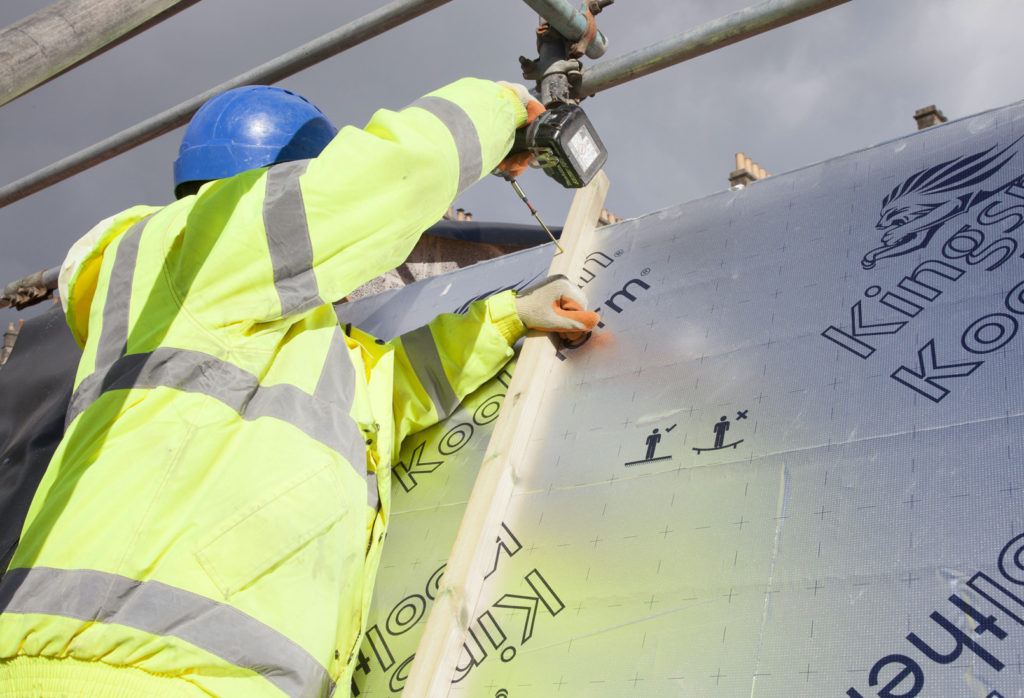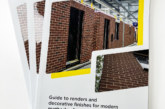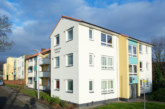Jonathan Ducker, Head of Regulatory Affairs at Kingspan Insulation UK, discusses the Green Homes Grant Local Authority Delivery (LAD) scheme and why local authorities should be preparing for the second phase.
During the summer, the Government announced £500m in funding would be made available to local authorities, targeted at low income households living in the least energy-efficient homes in England. The deadline for applications for the first phase of the Green Homes Grant Local Authority Delivery (LAD) scheme has already passed, however, details of the second phase (providing £300m in funds) are expected to be announced in the Autumn Statement. Local authorities should look to take steps now to prepare for this second phase, identifying how they can deliver the most effective improvements.
How will phase 2 of the LAD grant work?
We are still waiting for specifics on how the second phase of the LAD will be structured, however, the Government has confirmed that grants will be allocated through the five Local Energy Hubs.
As with the first phase, it is likely that funding will be targeted at households with combined incomes of £30,000, or less, who are living in dwellings with an Energy Performance Certificate (EPC) of E or worse. In line with the main Green Homes Grant (GHG) scheme, it should be possible to allocate up to £10,000 for improvements to low-income, owner-occupied properties covering the full cost of the work. Qualifying landlords (both social and private) should be able to receive up to £5,000 covering two-thirds the total cost of work. It is unlikely that households which have already received funding under the main GHG scheme will be able to receive grants through LAD.

Why target these properties?
The Government has a statutory target to ensure as many fuel poor households in England as ‘reasonably practicable’ reach an EPC of C by the end of the decade. For this reason, in the first phase of LAD it was made clear that schemes, which raised properties to an EPC of C would score more highly in the assessment process.
The data from the English Housing Survey (in Table 1) provides a fairly reasonable basis for this approach.
| Rating | Annual Energy Cost Per Year |
| A/B | £396 |
| C | £643 |
| D | £921 |
| E | £1,391 |
| F | £2,008 |
| G | £2,988 |
Table 1 – Average annual energy cost of homes based on EPC rating English Housing Survey
The results show that the annual average energy cost roughly halves with every two bands a property is moved up. As such, those in band E could expect fuel bills to halve by moving up to C. It should be noted that, in practice, raising the worse performing properties to this level may not be possible due to deficiencies in the original building or planning restrictions (such as listed status).
It makes sense for local authorities to begin work now to identify properties, which may meet the expected requirements of LAD phase 2. In many cases, targeting improvements on underperforming estates will provide the most cost-effective approach particularly as the properties are likely to have a similar construction.
Why adopt a whole house approach?
Under both phases of LAD, all work should be completed by TrustMark registered businesses. One notable change with the second phase, is that the window for work to be completed will extend beyond 30th June 2021. This is the point at which it becomes compulsory for all TrustMark registered installers to complete work under the new Retrofit Framework laid out within PAS 2035: 2019 and PAS 2030: 2019.
I discussed this framework last December. At its core is a whole house approach, which requires properties to be carefully assessed and a medium-term improvement plan drawn up before any retrofit measures are introduced. This plan identifies energy efficiency measures which are appropriate along with a clear order in which they should be implemented. PAS 2035 also lays out clear roles and responsibilities within the framework to ensure improvements are properly designed and completed to a high standard.
The new Retrofit Framework is a welcome step to addressing the issues raised in the Each Home Counts Report and ensuring retrofitted properties deliver the savings expected of them. It’s also worth noting that under both phases of LAD, any work on park homes, high-rise buildings and properties that are traditionally constructed and protected (such as listed buildings or those in conservation areas) must also be completed under this new framework.

Which LAD measures should be prioritised?
During the first phase of the LAD, local authorities were able to apply for grants for “any energy efficiency and heating measures compatible with the Standard Assessment Procedure (SAP) that will help improve E, F or G rated homes”. The only exception was that fossil fuel heating systems (such as gas boilers) could not be introduced.
In most cases, a fabric-first approach (where measures to improve the building envelope performance are prioritised) will be beneficial. When installed correctly, these measures will require little maintenance and will provide sustained energy savings throughout a building’s lifespan. They are also an essential requirement before properties are switched to low carbon heating solutions, such as heat pumps, as these typically provide less heat than gas boilers.
When introducing insulation to any area of an existing property, it is important to keep this layer as slim as possible to minimise any reduction in living space or extension of the building footprint. Materials with lower thermal conductivities are more effective insulants meaning a slimmer thickness can be used to achieve the desired level of thermal performance (U-value).
Before any fabric improvements are fitted, it is important that any existing issues with the properties (such as damp) are effectively addressed. The installation work itself should also be carefully planned and carried out to avoid gaps in the insulation layer, which can lead to condensation issues. In addition, as any improvements to the building fabric are likely to increase the airtightness of properties, it will typically be necessary to add additional controlled ventilation.
Supporting households
With the coronavirus pandemic expected to have a particularly significant impact for those on lower incomes, it is vital that local authorities take advantage of schemes such as LAD, which can provide some much-needed support to these communities. Fabric measures (such as retrofitting insulation) form a key part of a whole-house approach, limiting heat loss and making it more affordable for occupants to keep their homes warm.
Header image ©malp/AdobeStock.









